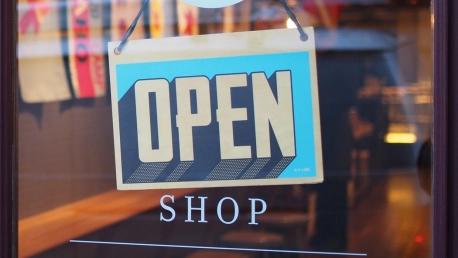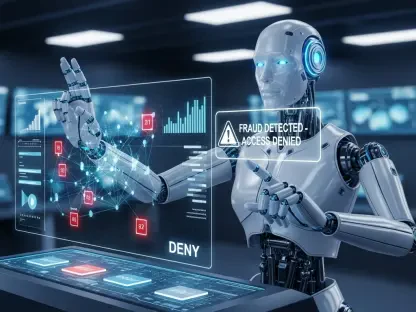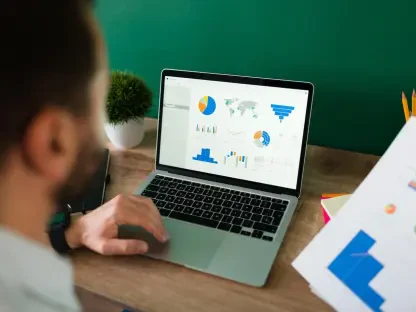The impact of digital technology is still changing consumer expectations and with a disruptive Amazon.com, retailers are required to come up with a new strategy this year.
According to Forbes’ Senior Contributor Andria Cheng, “you can expect to see more holographic 3-D images at malls and stores to wow you”, but there are six retail tech trends that stood out at the National Retail Federations’ annual “Retail’s Big Show”.
These go way beyond competing against Amazon in 2019, propelling retailers and customers into a future where shopping experiences involve AI, robots, drones, and automated checkout and payment.
1. Cloud-Connected Machines
Starbucks set the example by partnering up with Microsoft to connect its coffee and other machines to the cloud via Azure Sphere.
This means that whenever Starbucks introduces a new recipe, it will be remotely updated on all its connected devices. It also helps the company instantly track and aggregate sales and other data that will enable them to deliver better customer experiences.
Because of this, Starbucks employees will have more time and opportunities to engage with customers directly.
2. Amazon Go
The cashierless experience provided by Amazon Go is already forcing the rest of the industry to catch up.
This AI-powered physical store offers automated purchase, checkout, and payment steps that rely on the prevalence of smartphones and geofencing technology.
After Amazon Go opened to the public last year, Zippin’s cashierless technology started to be taken more seriously. According to Krishna Motukuri, former Amazon employee and current CEO and co-founder of Zippin, seeing how the public responded to this new shopping experience, a few retailers will bring their cashierless technology to live this year.
3. Robots & Drones
The new model employees of fulfillment centers will be able to fulfill online orders faster, sort individual items to optimize processing time, and move and navigate an entire shelf of mishmash products.
Tompkins Robotics has already introduced its own t-Sort robotic drive units and according to the company’s president Mike Futch, four of the top 15 U.S. retailers are already employing their services, with some retailers even planning on deploying these robotic drive units in the backrooms of their supercenters.
Joining robots for the “best employees of the month”, are also drones that will track missing or misplaced products for a better inventory in stock.
While drones to track in-store shelf inventory will take a while to hit most stores, Giant Food Stores is already planning to deploy Marty this year. Marty is a robot that makes sure there are no hazards, such as spills, on store floors.
By deploying drones and robots that check for floor damages and track shelf inventory, humans working in retail will be released from repetitive tasks and enabled to better focus on engaging customers.
4. Painless Returns
According to B-Stock, “one out of every three people would return a holiday gift, translating to $95 billion worth of returns after the holidays.”
Returning a product is always a headache, not only for the customer but also for the retailer.
Not only is it painful to asses the quality, retag, relocate, bulk ship, and resell a returned item, but its final destination really depends on fashion or trend cycles. Retailers have only a small window of opportunity to display returned goods on the shelves again.
This is why brands are looking for a way to optimize the return process and save costs. And ZigZag is already trying to get ahead of the curve with a network of 200 warehouses in 130 countries to handle cross-border returns.
5. Digital Store Shelves
Turning shelves digital doesn’t only save time and paper-tag costs. It also helps guide customers through their shopping list.
This is proven by Kroger who teamed up with Microsoft to give its digital shelves the ability to connect with a scan-and-go shopping app. The shelve-app connection doesn’t only help customers, but it also helps employees to find items for quick orders delivery.
The Future of Retail Sounds Intelligent
Some companies have started migrating to the Cloud and deploying AI technologies years ago, but it has never picked up like it will this year. Amazon Go changed the way we are expected to shop in the future, and robots and drones are taking the employee spotlight in retail.
For customers, these changes will transform the shopping experience into a less time-consuming process. For retailers, these will bring opportunities to focus on consumer engagement, rather than looking for “spills on aisle 4.”









